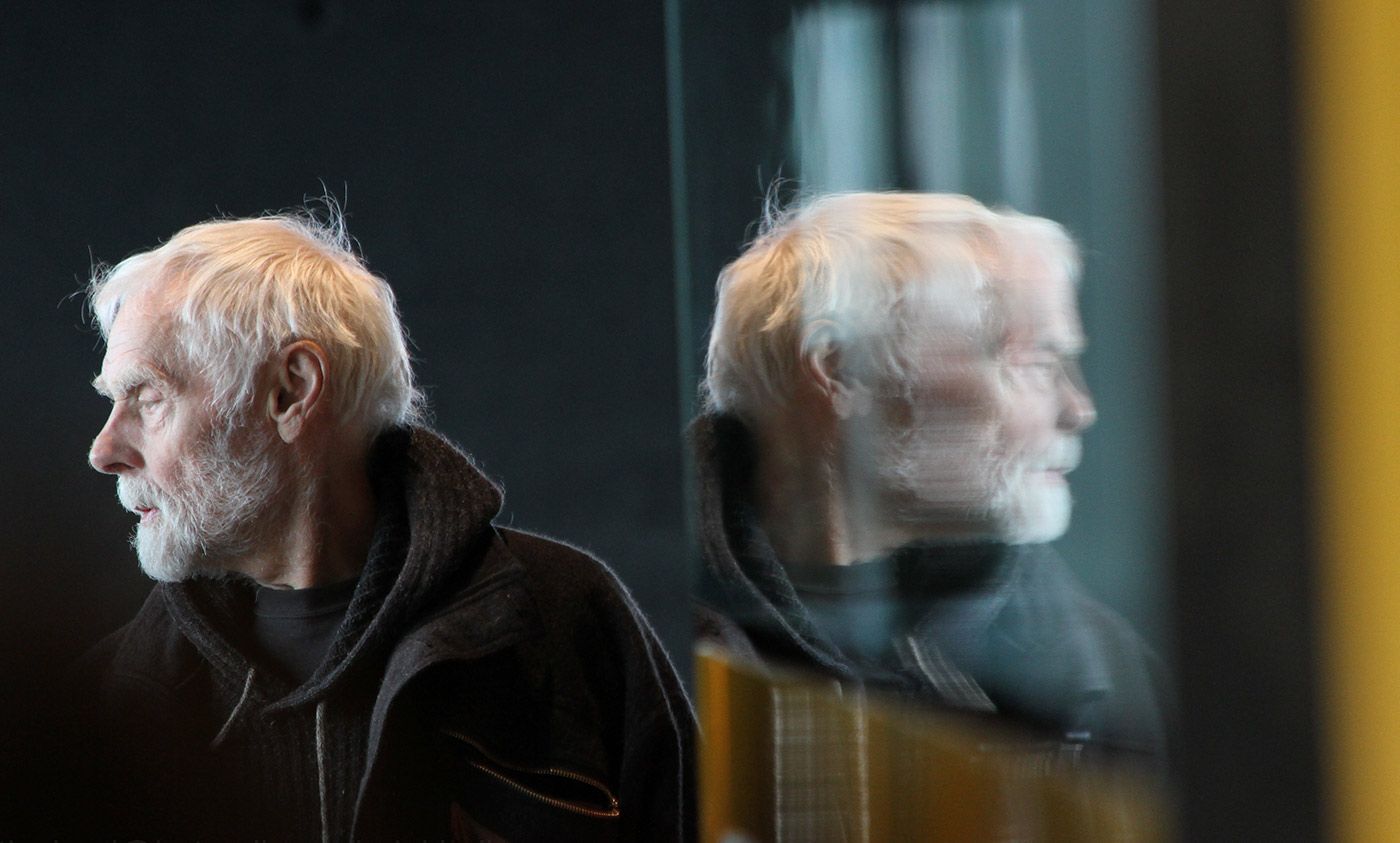by JORDAN PENNELLS

Life pits the order and intricacy of biology against the ceaseless chaos of physics. The second law of thermodynamics, or the thermodynamic arrow of time, states that any natural system will always tend towards increasing disorder. Biological ageing is no different, making death inevitable. However, one of the least-addressed questions of ageing is the apparent paradox between the optimising drive of evolution, and the inevitable deterioration of the body. Considering the 3.5 billion years in which we have evolved from single-cell organisms, why hasn’t life countered the inefficiency of ageing? Or more accurately, how has ageing persisted within the Darwinian framework of evolution?
For evolution to occur, there must first be genetic variation, a difference between individuals within a population for a measurable characteristic (phenotype) arising from genetic and environmental factors; inheritance of these genetic factors from parents to their offspring; and differential reproductive success, such that certain genetic factors manifest themselves in an individual’s capability to survive and reproduce (ie, fitness).
Consider ageing in this evolutionary framework. There is an obvious variation in lifespan across different individuals throughout the world, impacted by genetic factors, but also influenced strongly by external factors such as the country’s gross domestic product.
Lifespan is also an inherited trait, with approximately 23 to 26 per cent of the variation in lifespan between individuals caused by genetic factors, otherwise known as heritability. Moreover, it makes sense that an increased lifespan, or improved health over your life leading to an increased lifespan, would render you more attractive to the other sex, and increase your likelihood of reproductive success. So if these three evolutionary criteria have been met for the trait of longevity, why don’t we live for an unheralded number of years?
In 1952, the British biologist Peter Medawar formalised the first evolutionary theory of ageing, terming it the mutation-accumulation model. This theory relies upon the fact that mutations acquired by an individual can be early acting or late-onset. Early acting mutations manifest themselves during the period where individuals are reproductively active, so that whatever effect the mutation has will be acted upon by natural selection. However, natural selection is ‘blind’ to late-onset mutations. Mutations that reveal themselves later in life cannot be retroactively selected against, if reproduction has already occurred, and passed on to the next generation. Therefore, the force of selection diminishes with age and reproductive decline. This phenomenon is known as the selection shadow.
Aeon for more
